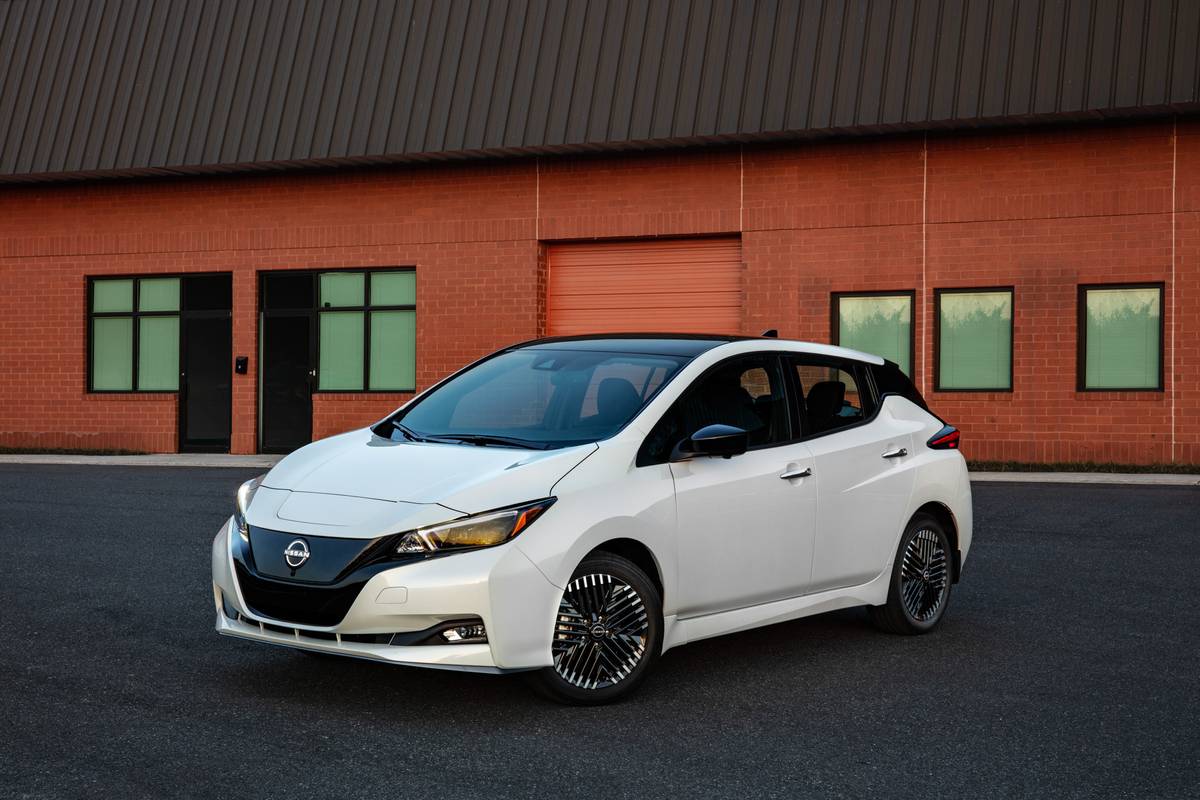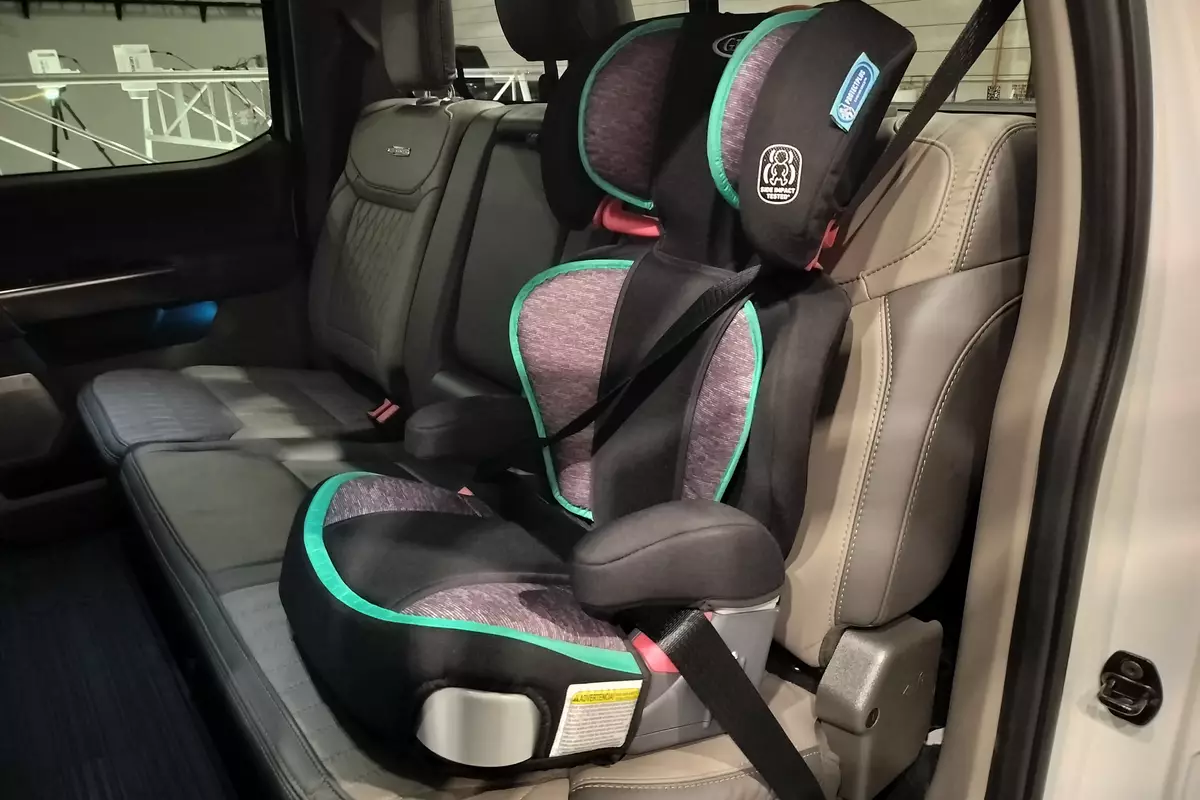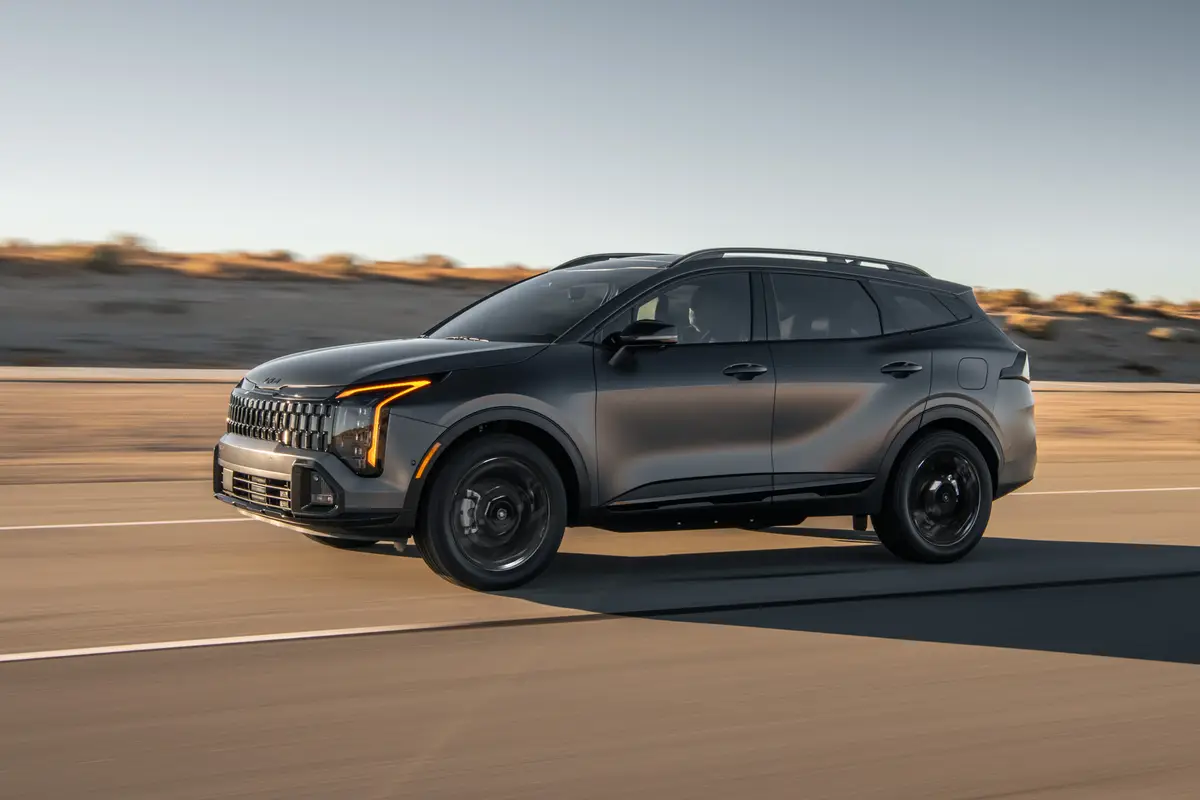Boston.com's view
You remember the Volvo set: bearded men in tweed jackets and women in sensible shoes, driving cars that were steel boxes, secure in the knowledge they were protected from the ravages of wrecks.
How then to explain the new Volvo C70, high-pressure turbo, straight ahead blaster that looks, from the side, more screaming Italian Ferrari (especially in red) than sensible and safe Swede?
This is a wedge of an automobile with a convertible top that fits its lines better than its Swedish convertible counterpart, the Saab droptop, the latter having a bulbous look to it.
It is yet another step in an 18-month overhaul of the Volvo line that has seen the introduction of the S70, V70, the S80 luxury car, and three all-wheel-drive wagons.
But at 236 horsepower and 244 lbs./ft. of torque (I love cars that have more torque than horsepower), Volvo was faced with balancing high-end performance with its reputation for safety.
Not to fear.
Start with rugged head restraints on all four seats. Add three break points in the steering column so it is no threat to the driver. Toss in airbags that are triggered in several ways: If you are in a low-speed crash and belted, the airbags do not deploy. If you are not belted, they do. In high-speed crashes, they deploy to any seat with a belted occupant.
As has long been standard in Volvo, doors are heavily reinforced with high-tech steel. In the C70, the rear passenger compartment is wrapped in a steel horseshoe that provides protection and rigidity.
Afraid of rolling over in a convertible? The C70 has built-in roll bars (called “hoops”) that are spring-loaded and pop up when they sense pitch or roll to preset angles.
Slide into the luxurious interior and look around. You are ensconced in leather seats that are beautifully sculpted, right up through the headrests. These are firm, enveloping seats, front and rear. Carpets are plush and even the lower portions of the doors are carpeted.
Gauges and controls are carefully grouped along the dash: to the left of the steering wheel, controls for lights. Behind the wheel, the standard speed, fuel, engine temperature and tachometer, but added is an information center that displays outside temperature, average speed of current trip, how many miles per gallon you are getting, and how many miles until the tank goes dry.
To the right of that is a mixed grouping: switches for the Stability and Traction Control system, to raise and lower the roof, to scroll the information center, and to heat the rear window and outside mirrors.
The center of the dash has all interior environmental controls on top and the sound system below. What is basically a simple, yet rich set of appointments loses that simplicity with the sound system, a myriad of buttons and dials and settings that you would not want to deal with while driving.
For all the luxury, storage space inside is lacking: The pockets in the doors are small a nd only two knuckles deep. Even the console between the seats has a very shallow bin and the cup holders that can be pulled from the console are cheap plastic that will break easily.
Because you need a place to put the roof when it goes down, the trunk is quite small.
Putting the roof down is very easy: Push a button and wait as it unlatches, folds back and down, tucks itself away, and blankets itself with a hard cover. It’s just as slick coming up.
Top down, riders are well-protected from swirling winds by the sharp slope of the windshield. A pleasure.
Top up, this is a remarkably quiet convertible: no whistling wind, minimal road noise. Unfortunately, that silence is broken by strange, intermittent rattlings that come from inside the body where door meets the rear panel behind passenger and driver.
Visibility out the back is limited by a small rear window and large panels at the rear corners of the convertible top. But that is part of the price you pay or a quiet, tight top on what is, in effect, a sedan given a ragtop.
And though this is meant to be something of an enthusiast’s car, it is a sedan you think of when driving it.
Straight ahead, it surges with a quiet rumble that is absent of the familiar turbo-whistle of old (old as in the mid-1980s). It has great power for an auto that still managed 22.1 miles per gallon in a week of mixed driving.
And while the C70 sticks to corners very well at high speeds, it does so with a softness that is reminiscent of luxury sedan, rather than the stiffness of a performance auto. But Volvo is trying to straddle two worlds here, so this is forgiveable.
It is equipped with a Stability and Traction Control system that, when the car is doing less than 25 miles per hour, brakes any wheel it senses slipping until the slippage stops. At higher speeds, engine torque is cut to end the slippage.
Stopping is sure and true as the four wheel disc brakes, backed by an antilock system, keep the car going straight ahead even when braking at higher speeds.
Nice touches:
– The soft, multi-nippled nobs that open and close the air vents along the dash. They are easy to roll up and down.
– The loop handles on the back of the front seats that, when pulled, activate the electric motors that move each seat forward. A blessing for exiting rear-seat passengers.
– The all-windows button on the driver’s door with which you can raise and lower all four windows at once.
Annoyances:
– Obviously, a whole line of cars cannot be condemned for the idiosyncracies of one, but if I paid $48,000 for a car and warning lights kept coming on intermittently and incorrectly — ABS, for instance, when you could tell by pedal vibrations that the ABS was working — I’d be nervous.
– The lack of any sort of grip with which to raise the trunk. You have to set your fingers under a ridge above the license plate.
– The cover over the lump in the roof, front and center, that houses the motor that raises and lowers the roof. It looks like an afterthought; I mistook it for storage space and opened it. The lump is probably necessary, but it should have been integrated into the cowling that comes back from the windshield and houses interior lights.
SIDEBAR:
The numbers
Base price: $46,395
Price as tested: $48,340
Horsepower/Torque: 236 hp/244 lbs.-ft.
Wheelbase/Overall length: 104.9 inches/185.7 inches
Width/Height: 71.5 inches/56.3 inches
Curb weight: 3,408 lbs.
Seating: 4 passengers
SOURCE: Manufacturer
Latest news



